Featured Images
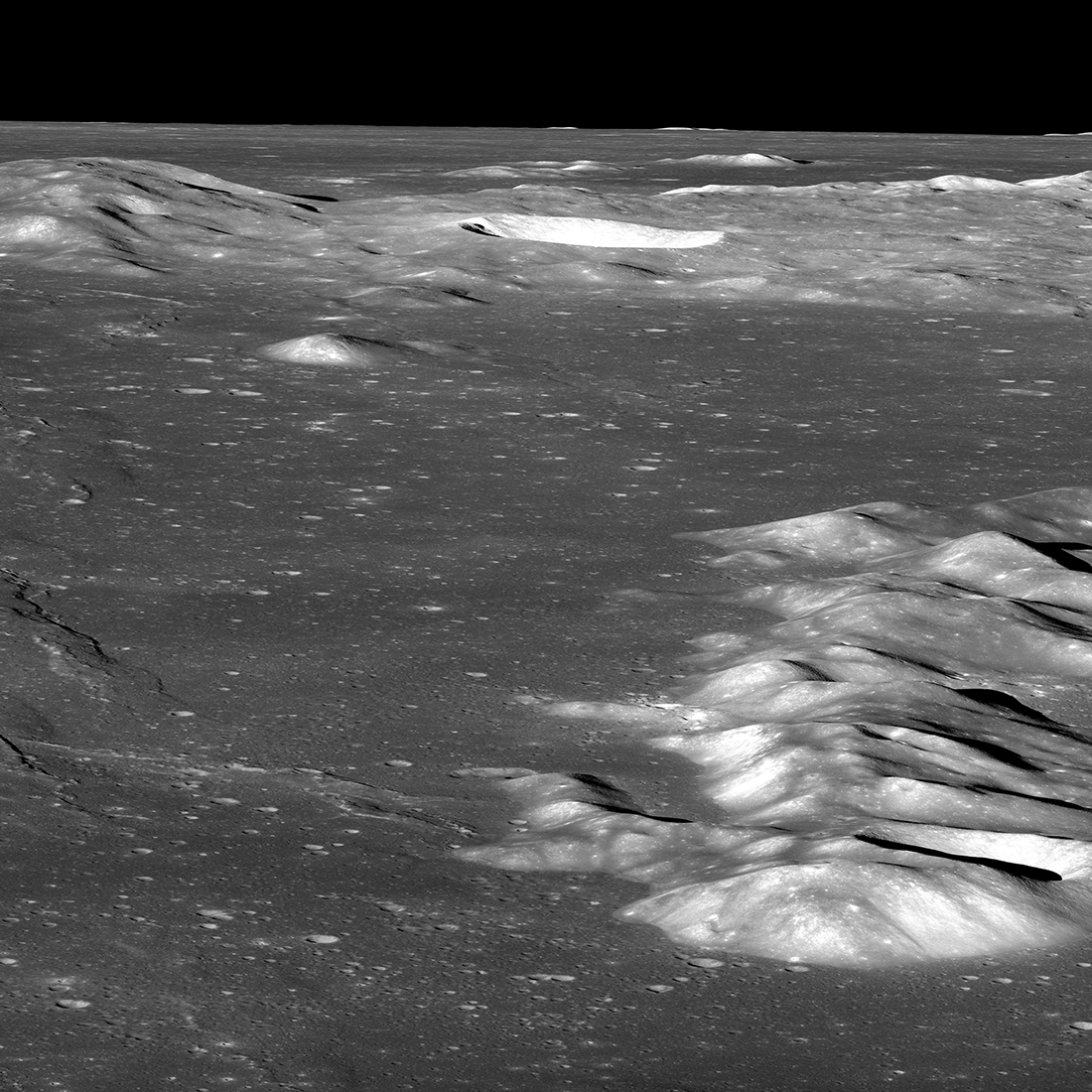
Wrinkle Ridges – How Deep Does the Fault Lie?
LROC NAC oblique of Montes Recti (right), a range of highlands massifs about 80 km across from west-to-east (west is at the top in this view) near the northern rim of Mare Imbrium. A wrinkle ridge deforms the mare basalts...
Published on 28 Sep 2022
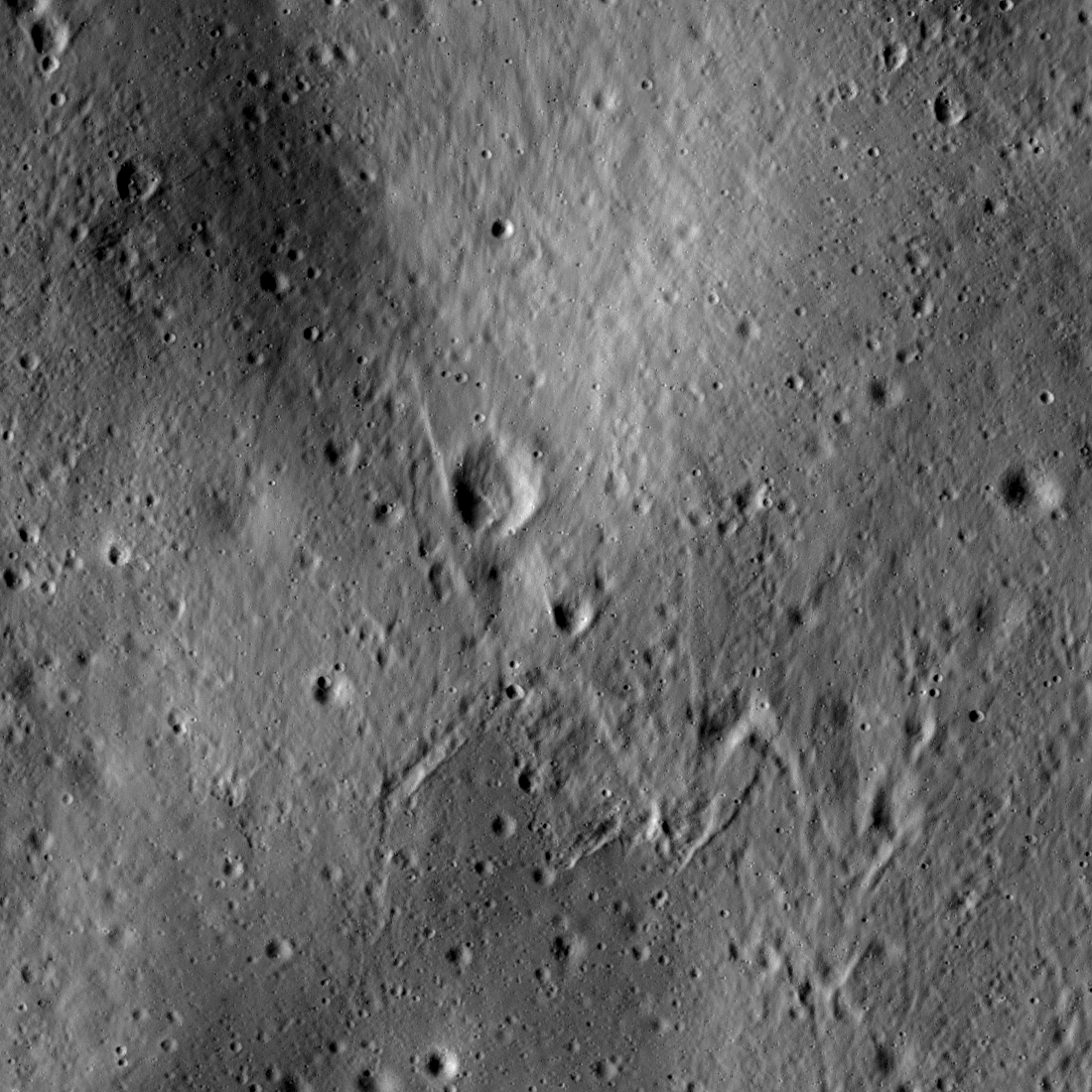
The Ins and Outs of Secondary Craters
Secondary craters and v-shaped ejecta. The largest crater at center is about 90 meters in diameter. LROC NAC image M1143115078RE, located at 4.549° S, 255.721° E [NASA/GSFC/Arizona State University].
Published on 05 May 2022
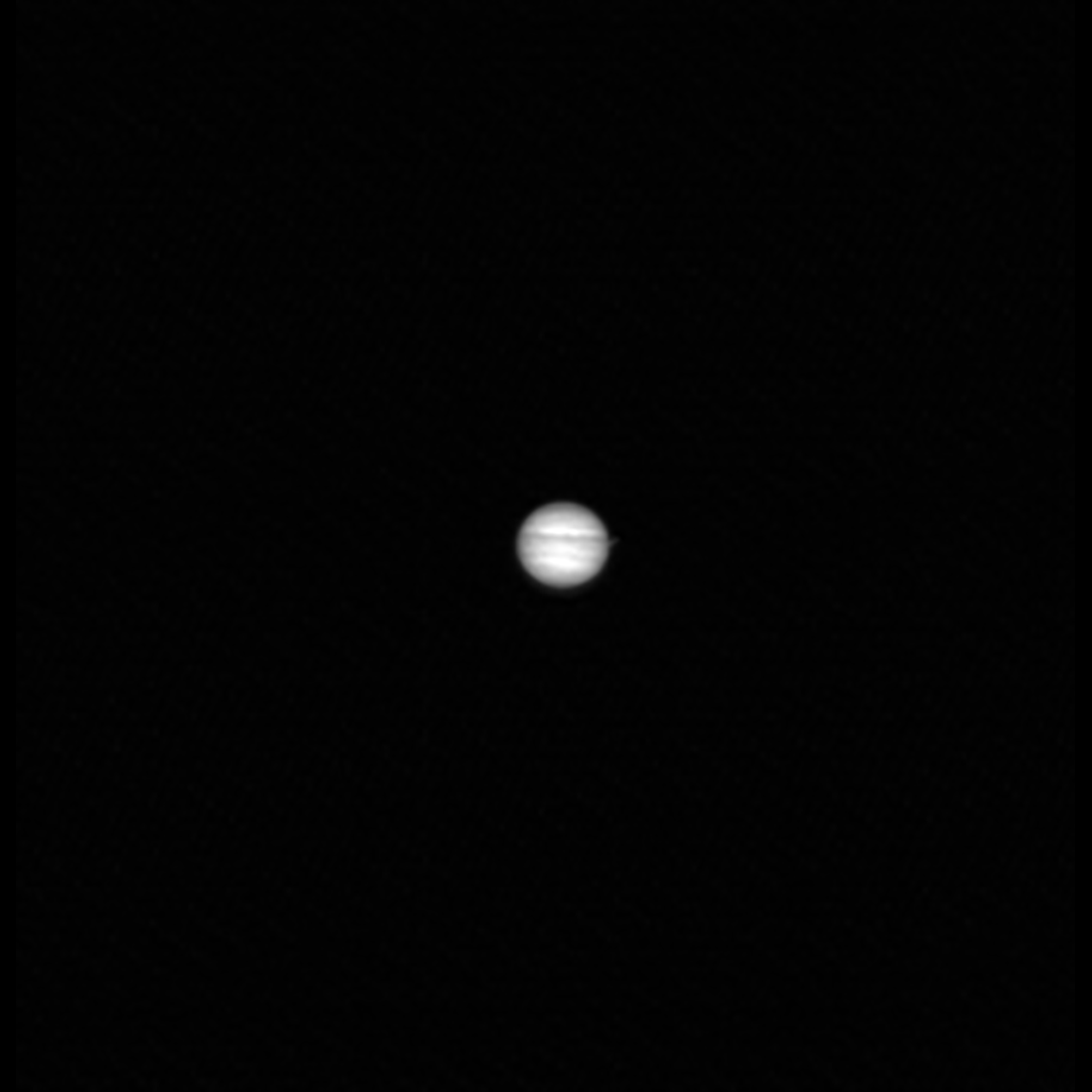
From the Moon to Jupiter, with Love
Jupiter seen from the Moon, as imaged by the Lunar Reconnaissance Orbiter Camera on 20 August 2021. Two of Jupiter's moons, Io and Europa, can just barely be seen here to the right of Jupiter (keep reading for a labeled version). Scene...
Published on 14 Sep 2021
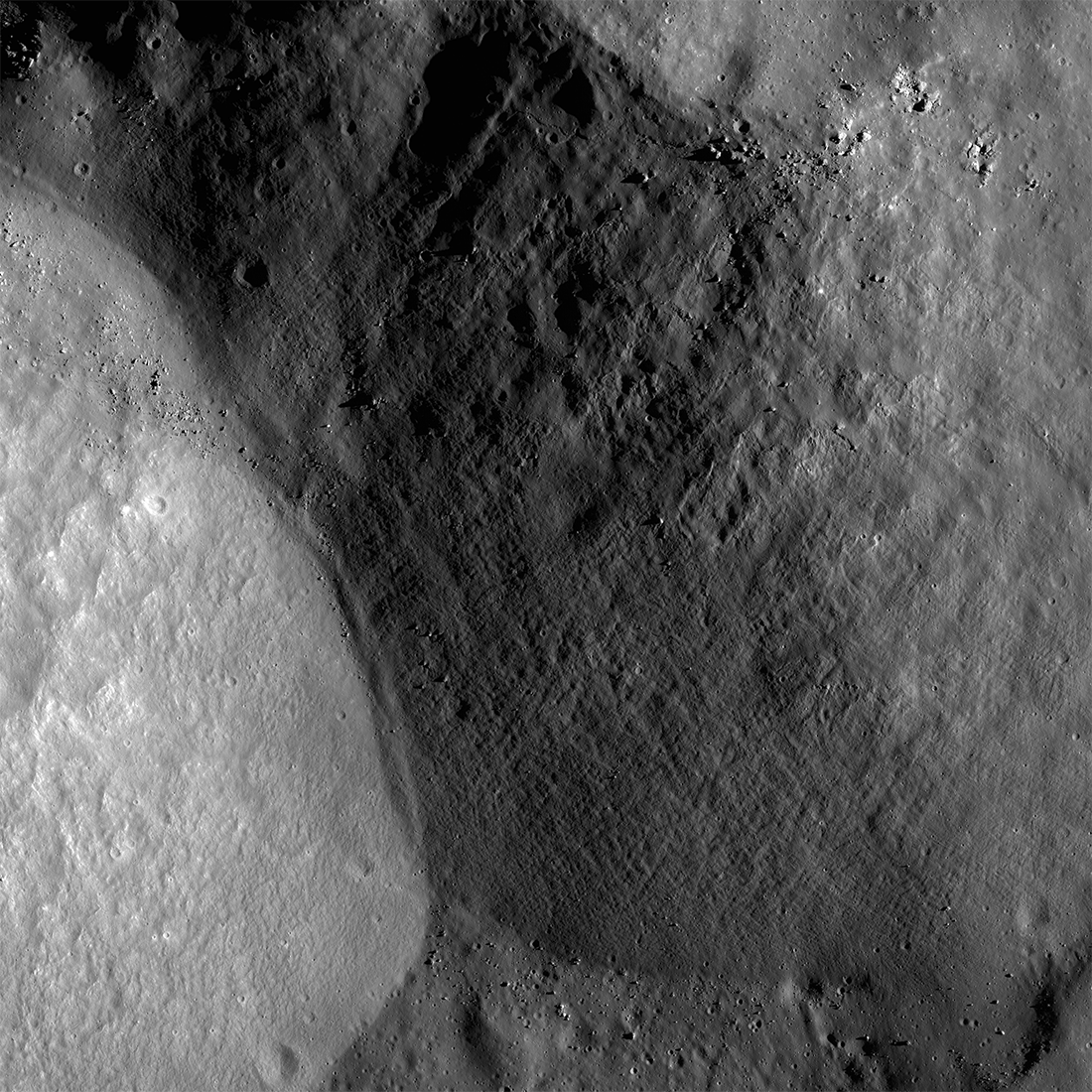
Plumbing the Depths by Scaling the Heights
The central mountainous peaks of Maunder crater are thought to be made of rock that was melted by the impact event that resulted in the Orientale basin. This impact melt rock deposit was then lifted up from below the surface during the...
Published on 19 Feb 2020
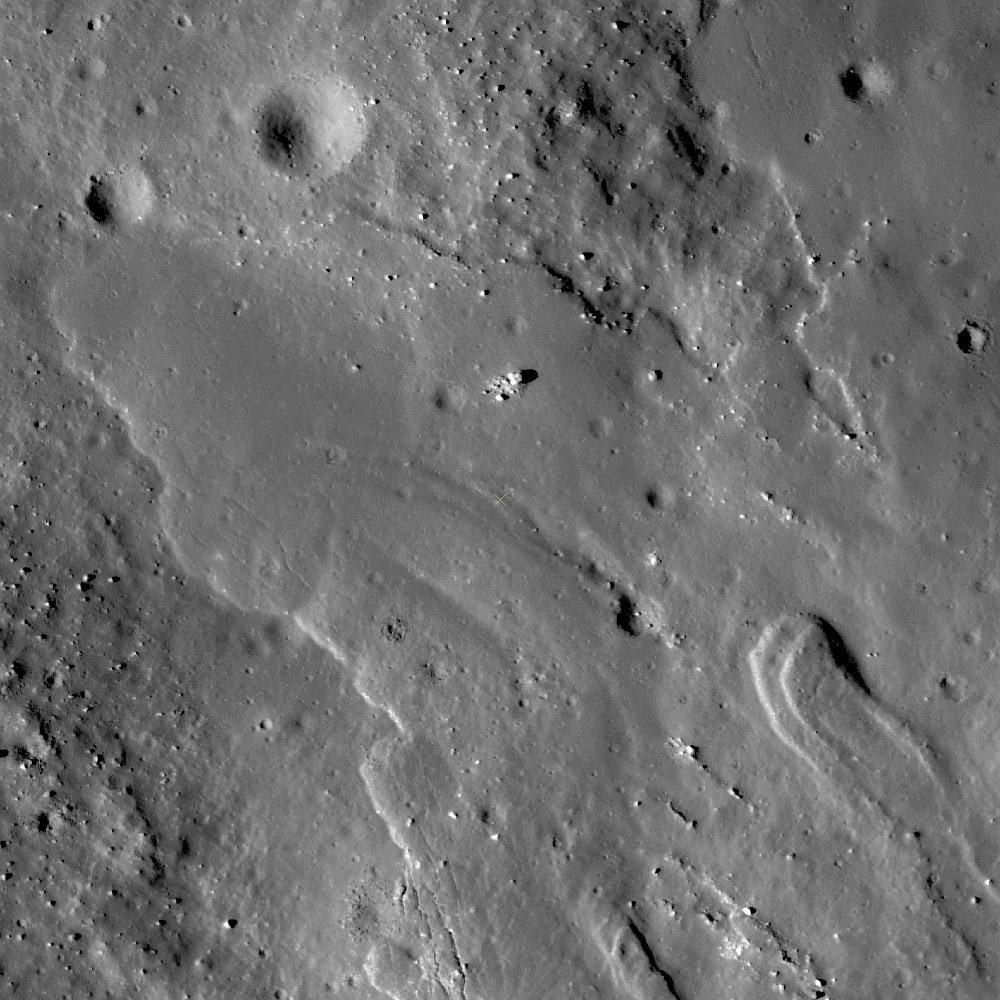
Self-Inflicted Secondaries?
This portion of an impact melt flow at Aristarchus Crater, centered at 24.6°N, 321.1°E, includes modified small craters and overlapping melt flows. What do the shapes of craters on impact melt and the statistics derived through careful...
Published on 30 Jun 2018
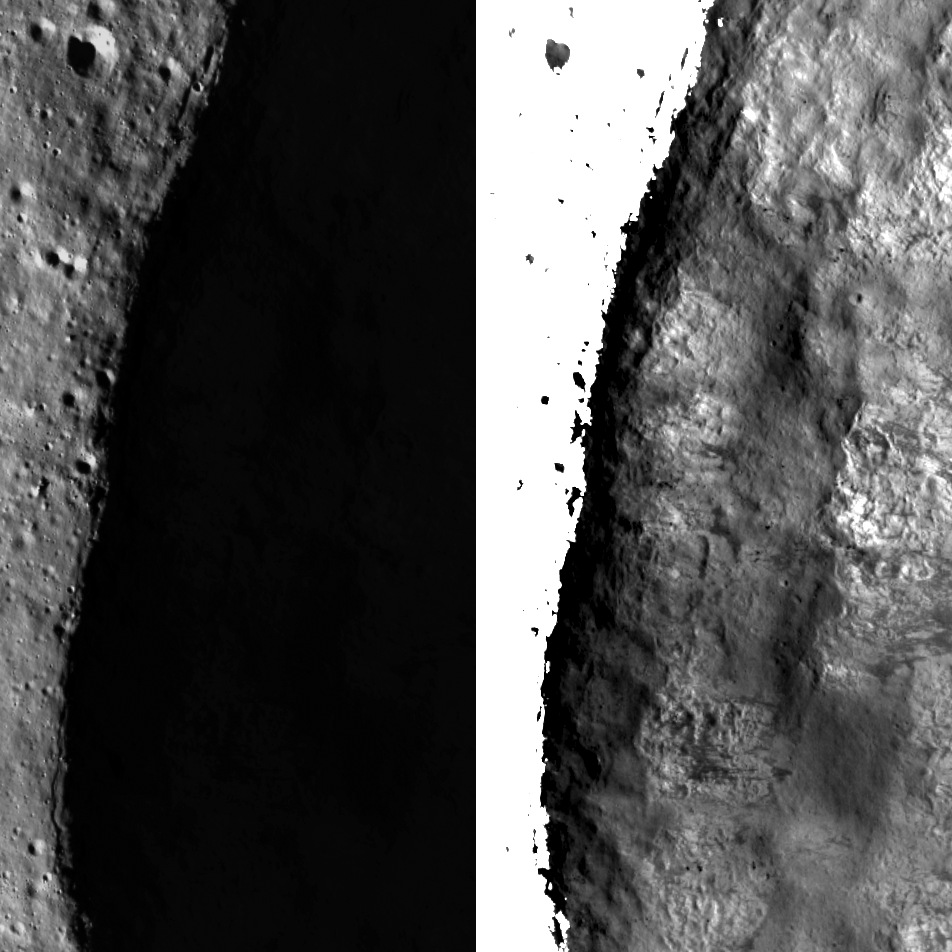
Searching for Ice at the Moon's Poles
Flank, rim and shadowed interior of Sylvester N crater (20 km diameter, 82.41°N, 291.32°E). Left stretch shows off details of illuminated ground while right stretch brings out details of permanently shadowed interior, which is...
Published on 20 Dec 2017
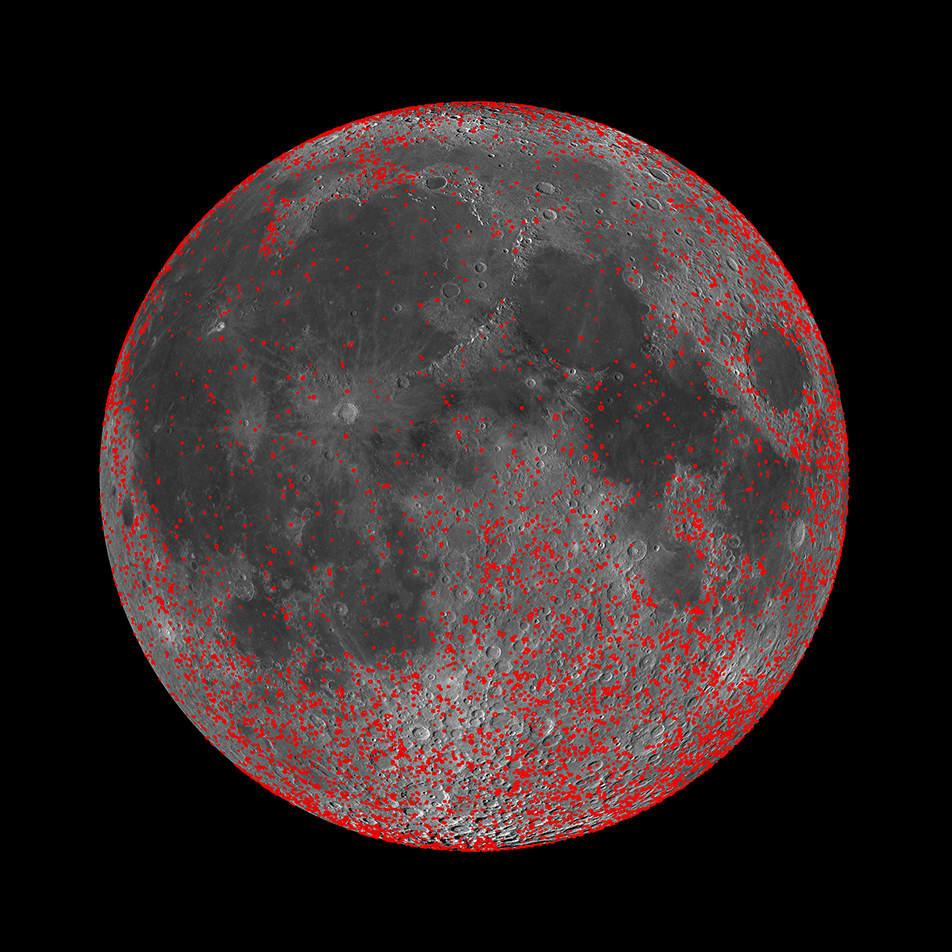
Every Crater on the Moon (Larger than 5 km)
New work from the LROC team resulted in a map of all detectable craters on the Moon between 5 and 20 km in diameter (red circles). When combined with an existing map of craters larger than 20 km in diameter, the differences in the...
Published on 13 Nov 2017
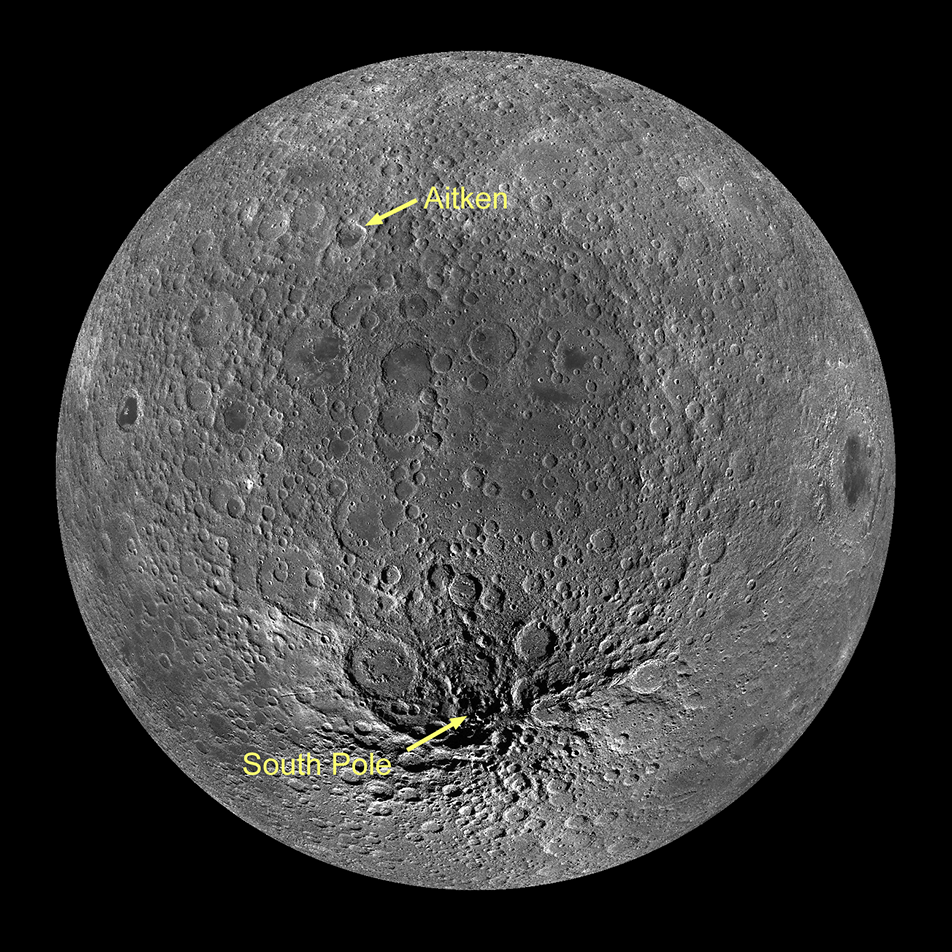
The History of Volcanism in the Moon's Largest Basin
A view of the Moon's largest impact feature, the South Pole–Aitken basin, so named because it stretches between Aitken crater and the south pole. The orthographic projection here centered on the basin (53°S, 191°E) highlights how much...
Published on 02 Nov 2017
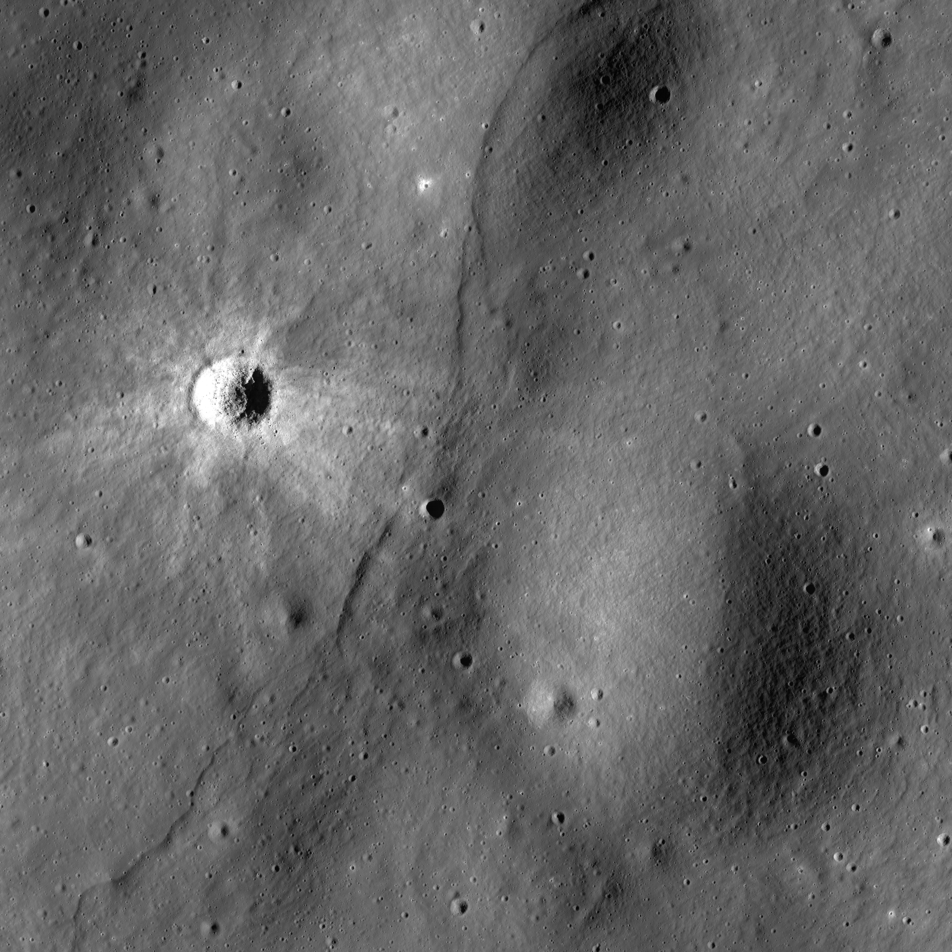
Investigating Newly Discovered Lobate Scarps
Joy scarp (25.28°N, 6.84°E) extends from the lower left to upper right across this scene, and is found northeast of Joy crater (not seen) in a hummocky terrain between Mare Imbrium and Mare Serenitatis. Ejecta from the fresh, 300-m...
Published on 05 Oct 2017
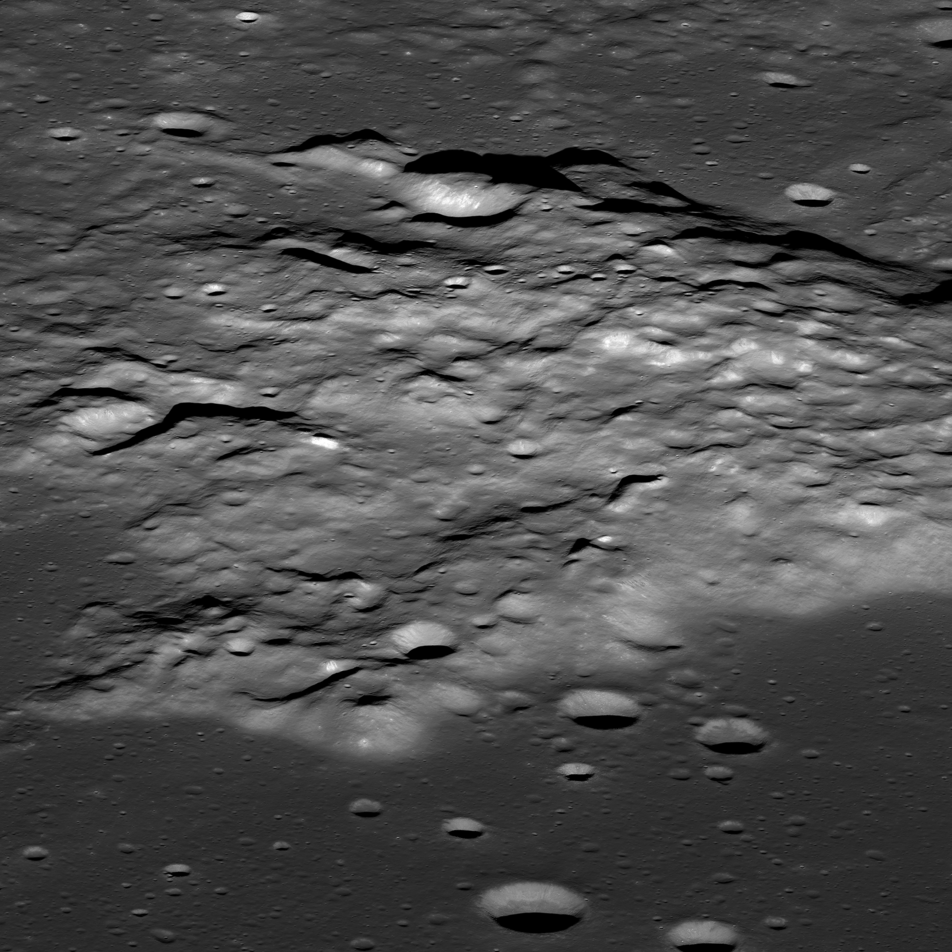
Mons Hansteen: A Window into Lunar Magmatic Processes
Oblique view of Mons Hansteen, located near the southern margin of Oceanus Procellarum at 12.3° S, 309.8° E. This enigmatic landform is thought to be a volcanic complex and one of only a handful of known sites on the Moon composed of...
Published on 10 Apr 2017
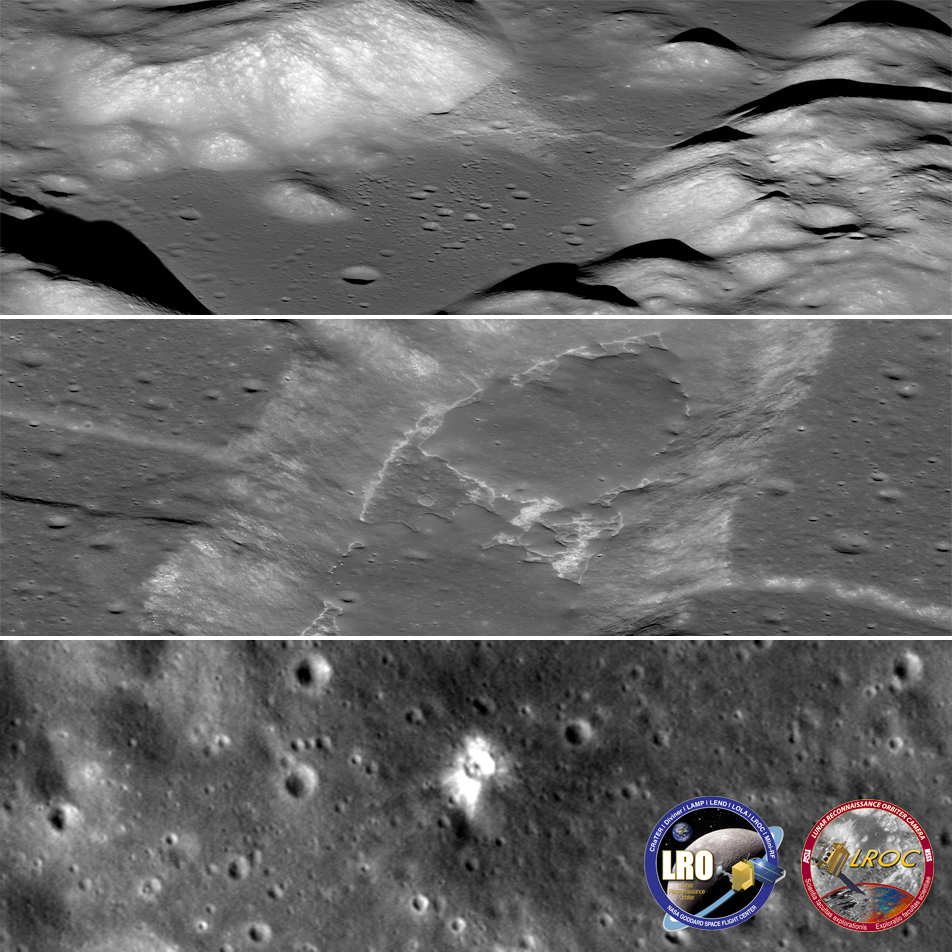
What's Next for LRO?
LRO and LROC will continue to explore the Moon during the mission's third extended mission to understand fundamental processes that shape our Solar System.
Published on 22 Aug 2016
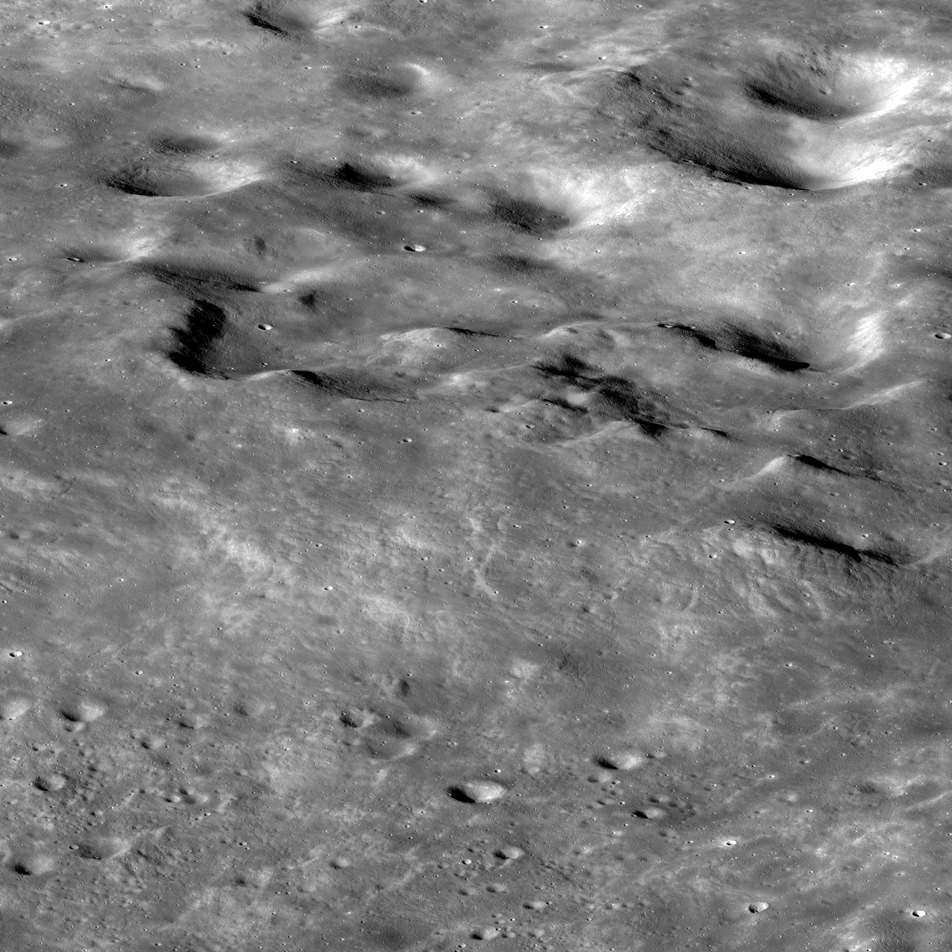
Age of the Compton-Belkovich Volcanic Complex
A small portion of the Compton-Belkovich Volcanic Complex (61.20°; N, 100.27°; E) as you would see it from the window of your personal lunar module flying at an altitude of 52 km above the surface, looking to the west-southwest. The...
Published on 29 Jun 2016
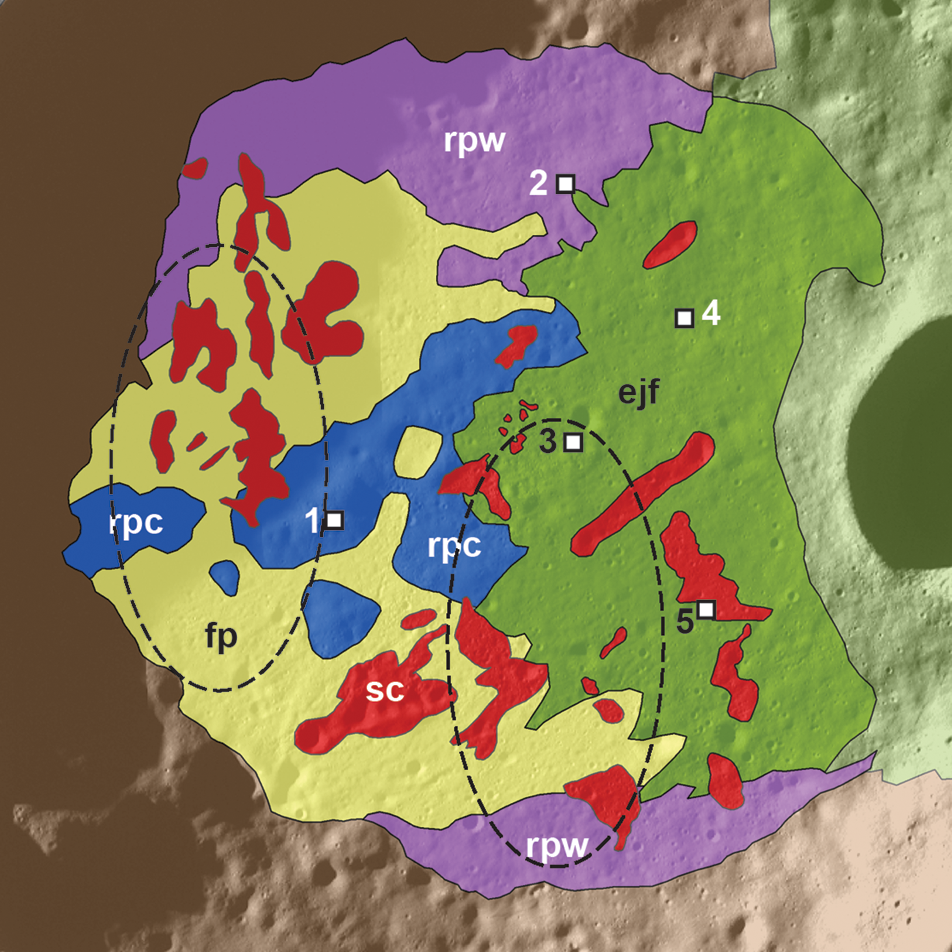
A Landing Site for Russia's Luna-Glob
A portion of a new geologic map of the interior of Boguslawsky crater, proposed site of the next Russian mission to the lunar surface [Ivanov et al., 2015].
Published on 22 Jun 2016
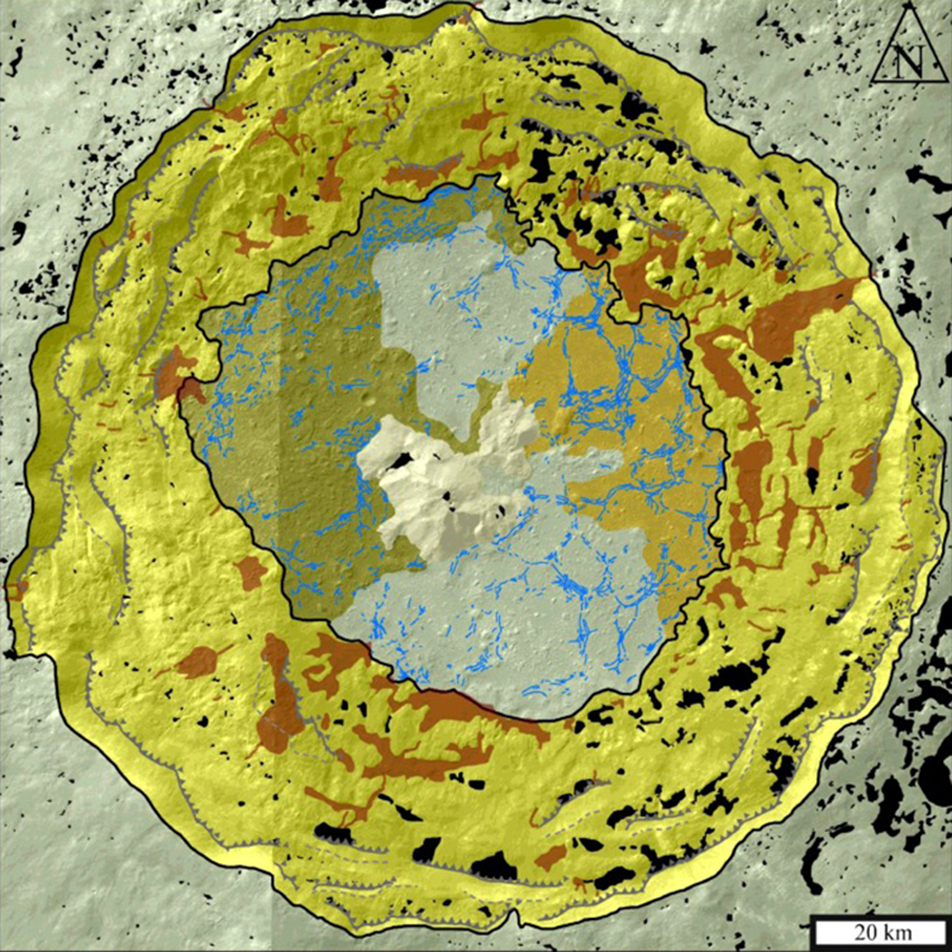
Mapping Tycho Crater
A new geomorphological map of the interior of Tycho crater, produced using LROC NAC and SELENE Terrain Camera images. Read on for legend and unit descriptions [Krüger et al., 2016].
Published on 15 Jun 2016
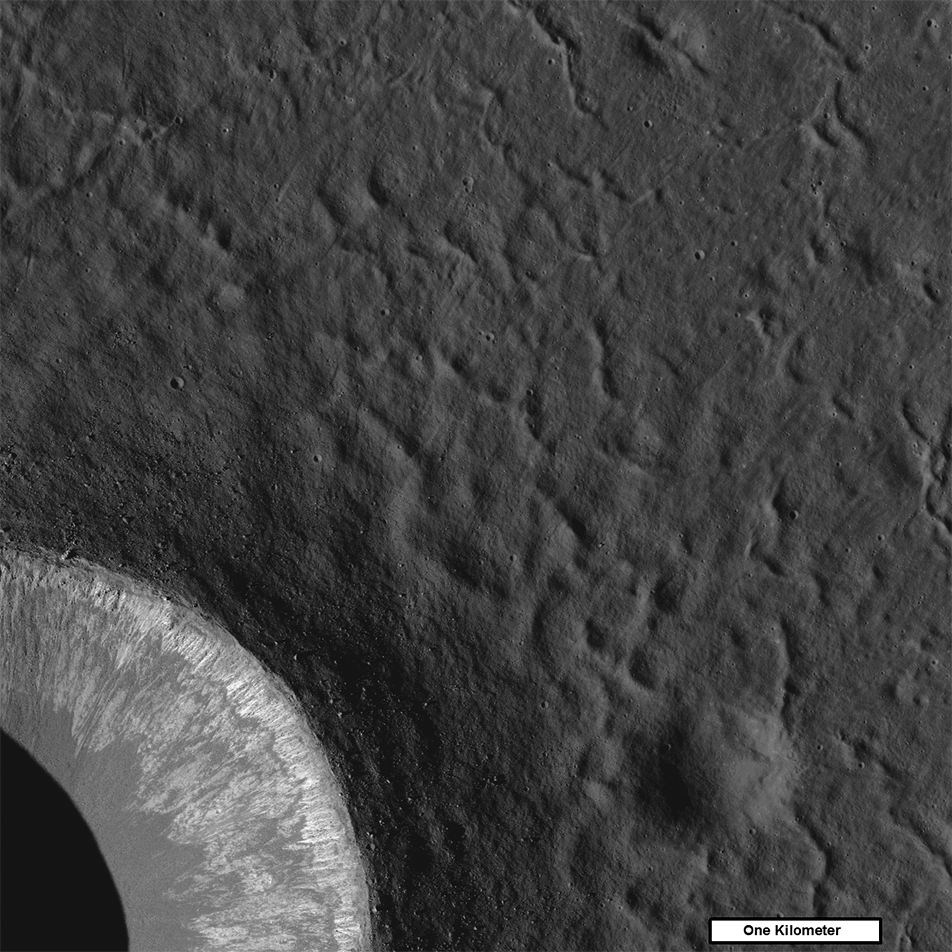
Crater Concentric Ridges
The dune-like features seen here are called concentric ridges, and these beautiful examples are found within the northeastern ejecta of the 5-km crater Piton B. Scene centered at 39.36° N, 359.97° E, LROC NAC Image M181174044LR...
Published on 02 Jun 2016
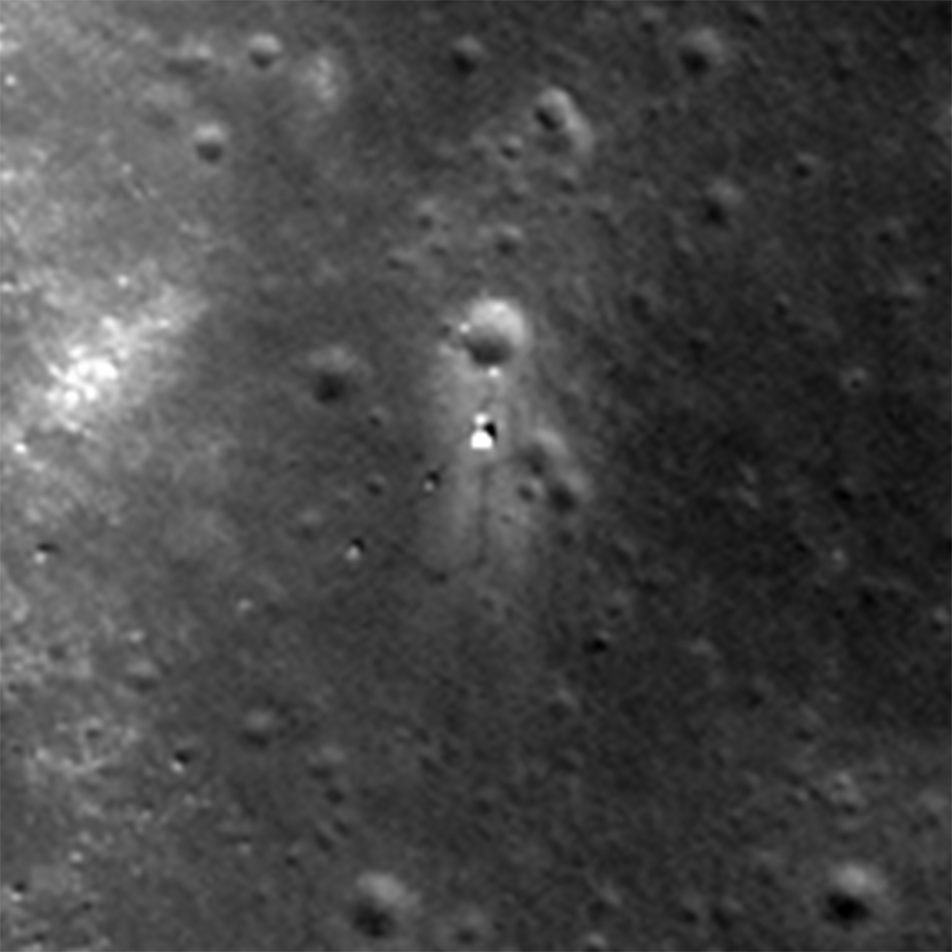
What a Blast! – Revisiting the Chang'e 3 Landing Site
View of the Chang'e-3 landing site from the LROC NAC. The region around the lander was brightened from the interaction of rocket exhaust with the regolith. Scene is approximately 240 m across, located at 44.121°N, 340.488°E. NAC image...
Published on 13 May 2016
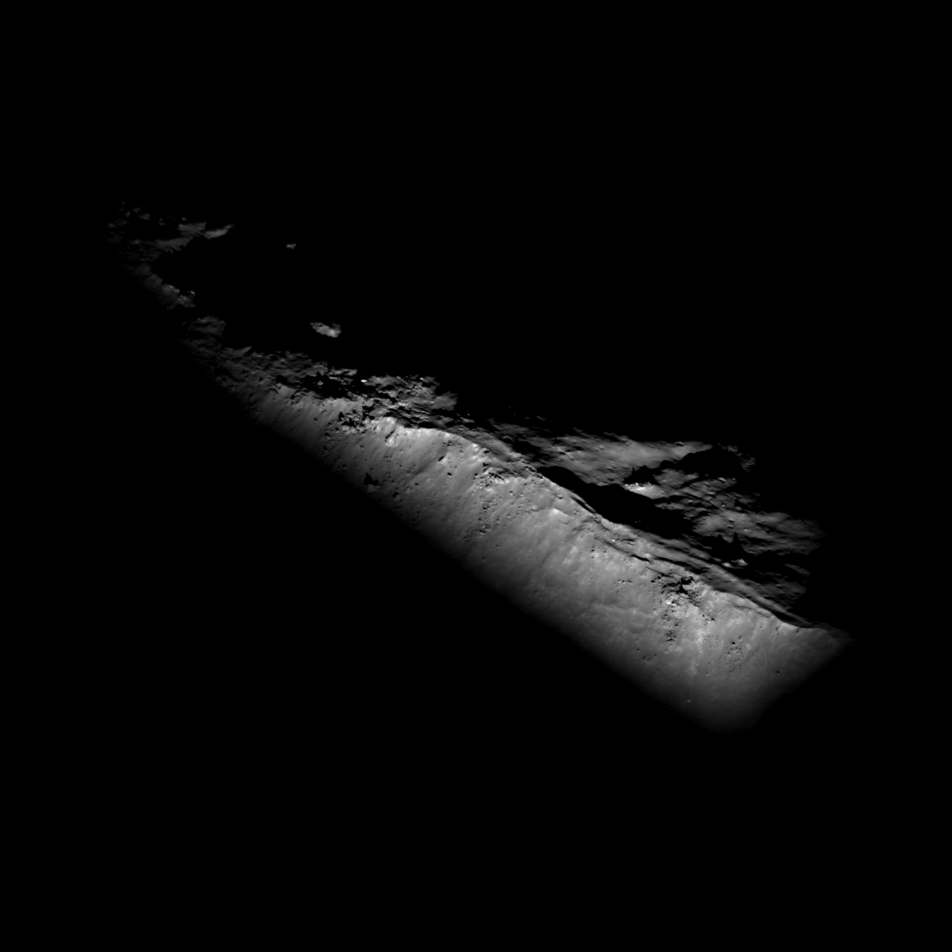
Jackson Emerges
The western rim of Jackson crater floats out of the shadows in this oblique view of the prominent farside crater. LROC NAC image M1216470662LR, centered near 23.1°N, 196.1°E. [NASA/GSFC/Arizona State University]
Published on 11 May 2016
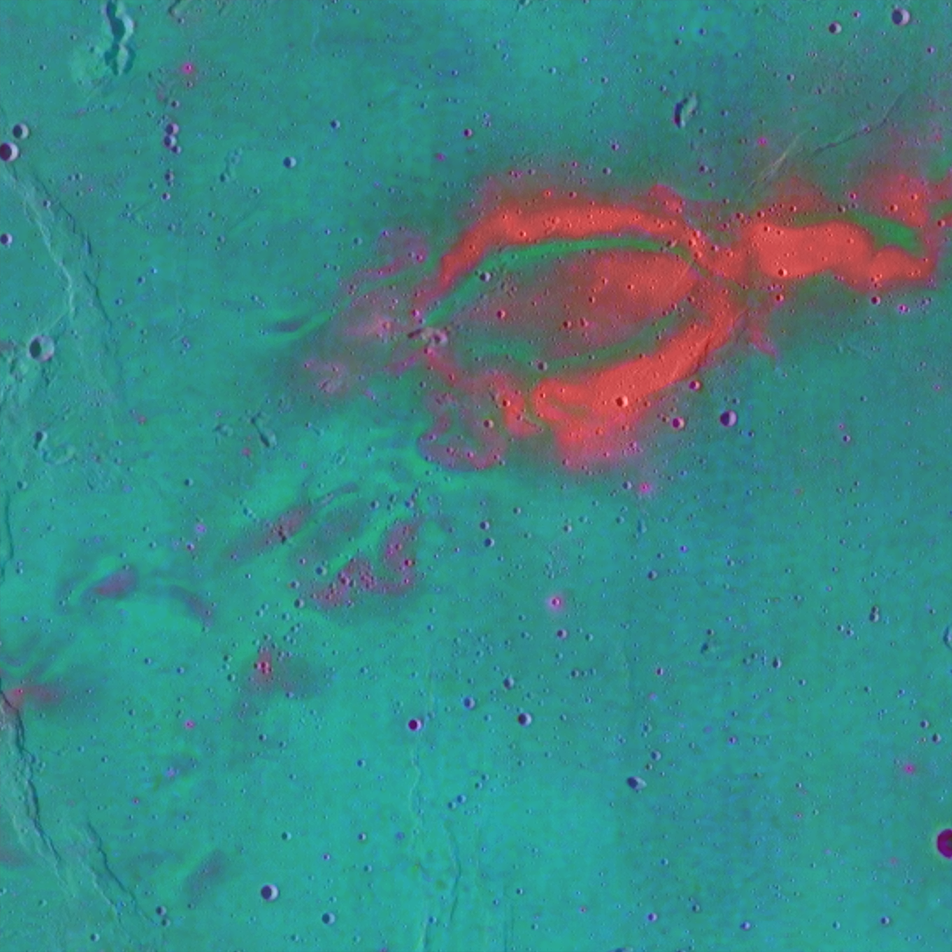
Swirls Across the Moon
The swirls of Reiner Gamma, shown in enhanced color (415 nm, 321/415 nm, 321/360 nm in red, green, and blue, respectively) from the LROC Wide Angle Camera, overlaid on a monochrome mosaic. Scence is 108 km across and centered at 6.6° N,...
Published on 03 May 2016
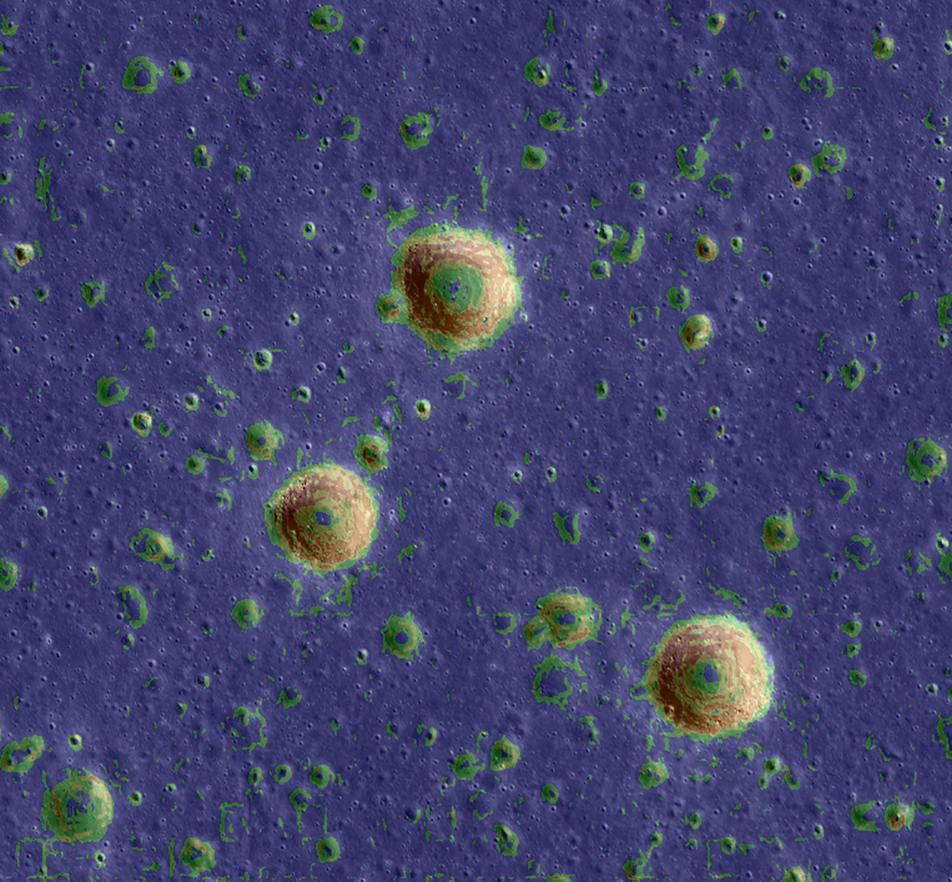
The Chang'e 3 Landing Site in 3D
Slope map overlain on an LROC NAC image of the Chang'e 3 landing site at 44.12°N, 340.49°E in Mare Imbrium. The Chinese spacecraft landed just to the east of the large crater near the center. Slopes range from zero (blue) to...
Published on 07 Oct 2014
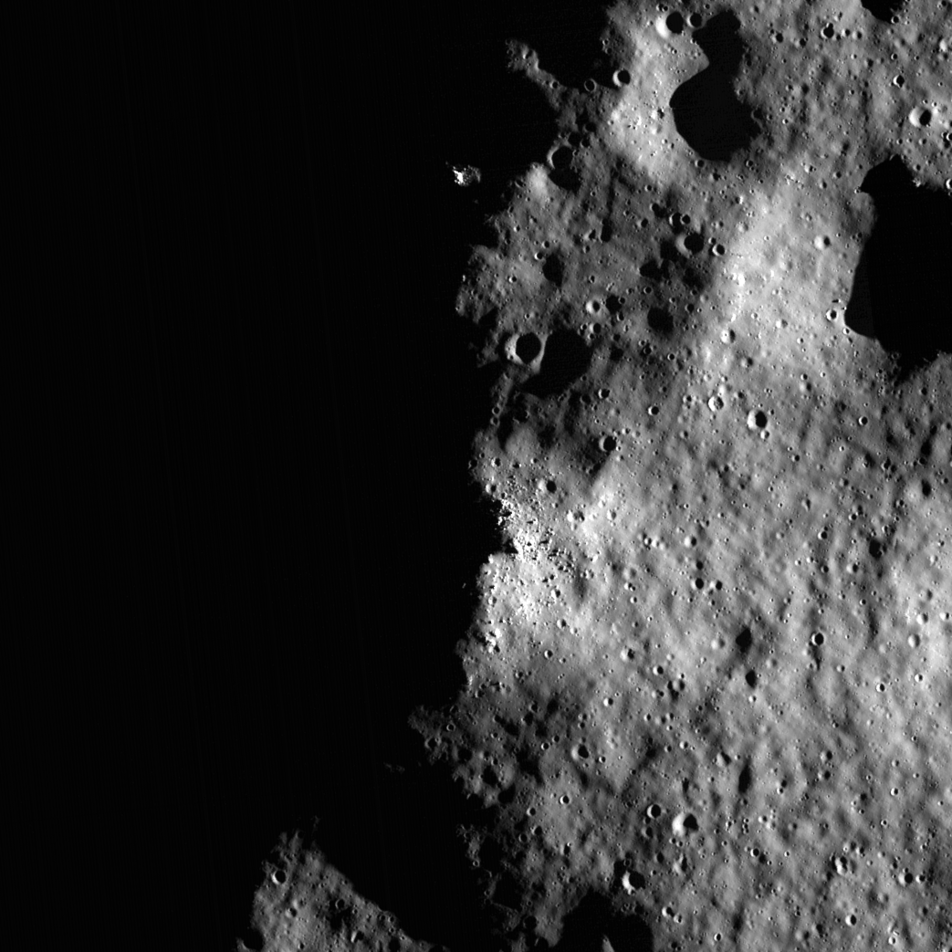
Five Years Later: Revisiting an Old Friend
A portion of LROC's first image (M101013931), acquired five years ago today. This region of the rim of Shackleton crater near the lunar South Pole is illuminated over 70% of the time, while the floor of the crater is permanently...
Published on 03 Jul 2014